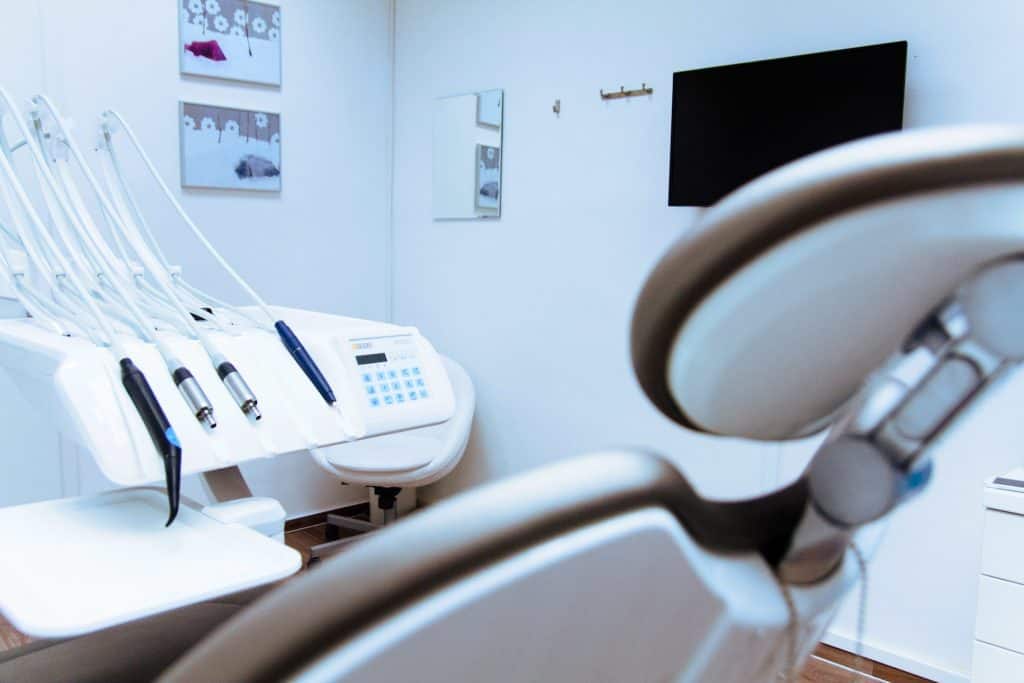Medical tourism in the Philippines is a blossoming sector, driven by its unique blend of professional healthcare services and unparalleled natural beauty. As the country continues to evolve and address its challenges, there’s little doubt that the Philippines will remain at the forefront of medical tourism destinations in the years to come.
Medical tourism has become a prominent sector of the global tourism industry, with patients traversing borders in pursuit of affordable, high-quality medical treatments, specialized surgeries, and wellness services. The Philippines, an archipelago nestled in the heart of Southeast Asia, is increasingly emerging as a popular destination for medical travelers. This article delves into the rise of the Philippines as a hotspot for medical tourism, examining its unique offerings, strengths, challenges, and potential for the future.
1. Introduction to Medical Tourism
Medical tourism refers to the phenomenon of people traveling outside their home country to receive medical treatments. This trend has been on the rise due to factors like high healthcare costs in some countries, long waiting times, and the desire to combine medical treatment with vacation.
2. Overview of the Philippines
Known for its white-sand beaches, warm hospitality, and rich cultural history, the Philippines comprises more than 7,600 islands. Beyond its natural beauty, the nation has a robust healthcare system that has managed to attract patients from around the world.
3. Why the Philippines?
3.1. Affordable Healthcare The cost of medical procedures in the Philippines is significantly lower than in Western countries. This cost difference does not mean a compromise on quality. Often, medical tourists find that they receive equal if not better care than in their home country, but at a fraction of the price.
3.2. English Proficiency The Philippines is the third-largest English-speaking country in the world. With English as an official language, communication is easy for international patients.
3.3. Highly Trained Medical Professionals Many Filipino doctors and medical practitioners receive part of their training abroad, often in the US or Europe. They are familiar with the latest medical advancements and procedures.
3.4. World-class Facilities Hospitals catering to international patients often have partnerships or accreditations with renowned international health organizations, ensuring a high standard of care.

4. Popular Medical Procedures Sought by Tourists
4.1. Cosmetic Surgery From rhinoplasty to breast augmentation, cosmetic surgeries are significantly more affordable in the Philippines, with expert surgeons in the field.
4.2. Dentistry Dental tourism is huge, with tourists seeking everything from basic cleaning to advanced procedures like implants.
4.3. Orthopedic Procedures Joint replacements and other orthopedic procedures are also sought after by medical tourists.
4.4. Cardiac Care The Philippines boasts some state-of-the-art heart centers.
4.5. Wellness Retreats The archipelago’s natural beauty makes it perfect for rejuvenation and wellness retreats.
5. Challenges in the Philippine Medical Tourism Sector
5.1. Competition from Neighboring Countries Countries like Thailand and Singapore are dominant players in the industry. The Philippines must continuously innovate to remain attractive.
5.2. Infrastructure and Transportation While major cities have modern amenities, some areas still need better infrastructure to cater to international patients.
5.3. Regulatory Concerns Ensuring that clinics and practitioners meet international standards is crucial to maintain trust.
6. The Potential for Growth
With its existing strengths, there is considerable potential for the Philippines to grow its medical tourism sector. By addressing challenges, focusing on specialty niches, and promoting its unique cultural and natural attractions alongside medical services, the country can further cement its status as a premier medical tourism destination.
7. Case Studies
7.1. St. Luke’s Medical Center Recognized as one of the best hospitals in Asia, St. Luke’s attracts numerous international patients annually.
7.2. The Farm at San Benito A wellness resort offering a blend of medical and holistic treatments, it is a testament to the Philippines’ potential in combining healthcare and leisure.
8. The Way Forward
The Philippines can enhance its medical tourism sector by:
8.1. Government Support Formulating policies to support and grow the sector is essential.
8.2. International Accreditations More hospitals should aim for international accreditations, instilling greater confidence in potential patients.
8.3. Branding and Marketing Promoting the Philippines as a holistic medical and wellness destination will further its appeal.
















Add comment